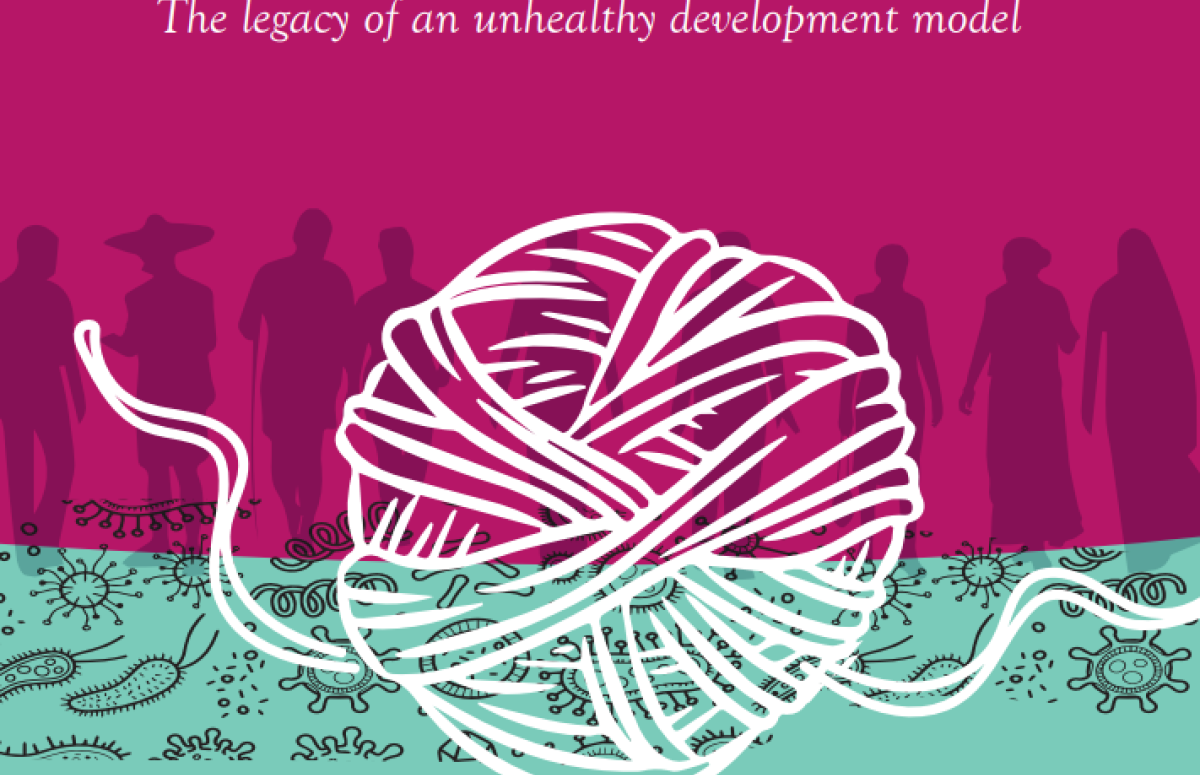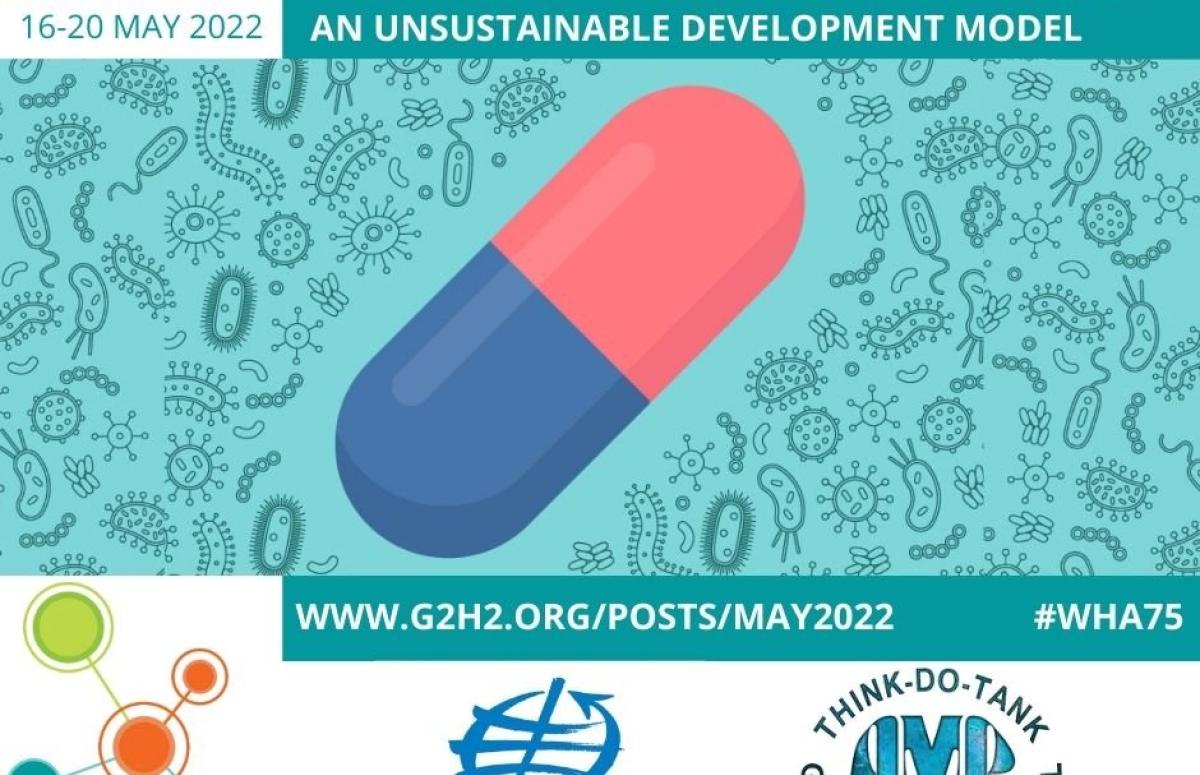On November 8, the United Nations released a report on the state of human rights in Gaza (through April 2024) certifying that in the first six months of the war, 70 percent of the ascertained deaths were women, while murdered children (most between 5 and 9 years old) accounted for 44 percent of the total losses. In the numbers of this ongoing ethnic cleansing lies the difference between Gaza and other wars, according to Trita Parsi of the Quincy Institute for Responsible Statecraft. On the other hand, it is the report of the Independent International Fact-Finding Mission in Sudan to reveal the unspoken devastation of what is going on in the region, differing from Gaza in its overkill of sexual violence against women and girls, with serial rape and frequent incidents of reducing victims to sex slaves. With 1,000 days passed already since the Russian invasion in Ukraine, well beyond the difficult casualty count – approximately, one million Ukrainians and Russians have been killed or wounded as of February 24, 2022, according to the Wall Street Journal – the armed conflict has already disrupted 20% of protected areas in Ukraine and is causing tremendous consequences for the country’s biodiversity and the environment. The detonation of bombs, missiles and other explosives reduces plant growth in Ukraine by 5-10%. While the effects of this devastation are difficult to quantify, they will produce consequences far beyond the duration of the conflict, according to the analysis by the Stockholm-based SIPRI Institute.
One of the lesser-known aspects of ongoing conflicts, and only recently studied carefully, concerns the fact that bacteria, fungi and other pathogens have an easy upper hand when the profession of arms rages, weapons being the strategy of choice for tackling international disputes that currently afflicts 2.4 billion people worldwide, according to recent UN estimates.
Wars have therefore become one of the most powerful drivers of antimicrobial resistance (AMR), namely the uncontrolled spread of bacteria, fungi and parasites that evolve to develop immunity to all existing drugs, including antibiotics, for preventing and treating infections. The human and environmental ruin resulting from indiscriminate bombing, demolition of houses and buildings, destruction of industrial sites and sewage facilities, sanitation infrastructure and supply chains, along with the forced mass movements of populations in highly precarious conditions - becomes a relentless bio-incubator of antimicrobial resistance. Gene and bacterial transfer is an absolutely natural and necessary biological process between humans and animals living together in the same ecosystems. The problem is that this phenomenon has literally got out of control, altered by a wide range of anthropogenic interventions related to globalization’s unhealthy development model. Armed conflicts are unfortunately an organic component of this model, whether we are ready to recognize it or not.
Antimicrobial resistance looms as one of the most daunting menaces for global public health. Already, it is a silent pandemic manifestation which, in comparison, pales the Covid emergency into an all-too-manageable health affair, after all.
In 2019, infections attributable to antibiotic resistance resulted in 5 million deaths. As Margaret Chan, then director general the World Health Organization (WHO), highlighted in 2015, antimicrobial resistance threatens to “spell the end of modern medicine as we know it today.” And more recently, according to The Lancet, if humanity do not reverse course, it could simply be forced to return to a “pre-penicillin era”.
The systemic scope of the AMR problem is still largely underestimated. More often, the narrative is sidetracked by hyper-reductionist interpretations enslaved to the financial interests in the field – food, pharmaceutical and bio surveillance industries - reluctant to change course. The paradox being that these players are directly involved in shaping the global policies to address the problem.
But back to the topic of weapons and wars. Scholars first discovered the connection between armed conflicts and AMR when looking at the human and environmental consequences of the war in Iraq, the scene of recurrent conflicts since the 1980s. The multi-resistant bacterium Acinetobacter baumanii complex was identified with a significant recurrence among U.S. and British military personnel who had returned from missions in Iraq and Afghanistan. Military and civilian personnel transferred from Libya to Germany presented the same phenomenon, later found in Syria as well.
Research on these scenarios has revealed with increasing evidence that the heavy metals used in bomb and bullet casings, in missiles and military vehicles - especially zinc, lead, mercury, chromium, but also antimony and barium - as well as metals released from the destruction of buildings are easy inducers of antimicrobial resistance. In a way, the very nature and spread of infectious diseases has been radically transformed by the existence of protracted armed conflicts targeted mainly civilians in densely populated areas, to induce massive movements of people. There are issues of strict medical and health relevance, too, of course. Indiscriminate attacks on medical facilities and health personnel in crisis settings, which require higher emergency interventions, make it impossible to manage and stabilize patients. People are discharged from hospitals with open wounds, forced to make way for other waves of victims who survived drone and missile strikes. After 11 months of unwavering bombing, in the impossibility for the population to leave the strip, Gaza has become a deadly hotbed of intractable bacteria, with human remains and animal carcasses in the streets, fermented smell in the air, heavy environmental contamination, and the imposed absence of water and food. There is a complete lack of laboratories to identify resistant microorganisms, let alone antibiotics. A great many of the amputations, especially among children, are related to the growing phenomenon of bacterial resistance.
Microorganisms, after all, know no geopolitical borders or excuses. They do not distinguish between the reasons and wrongs of war. In the uncontrolled chaos of war, in fact, they strengthen their ability to spread silently, to countries neighboring the sites of fighting. No army technology can stop them.
The widening range of AMR propagation today concerns Israel, Jordan, Lebanon in the Middle East. In Ukraine, data on conflict-related AMR have never been published, but the problem was already serious before the Russian invasion in 2022, due to ongoing fighting in the eastern regions of the country since 2014. The Russian invasion, as we have already mentioned, has resulted in massive devastations, including key energy, water, transportation, and waste management infrastructures, what makes Ukraine a vast reservoir of multi-resistant Gram-negative infections. We cannot rule out the possibility that today’s escalation of war may not have unfathomed yet dramatic consequences in Russia itself, along the Caucasian borders, and in neighboring countries of Europe.
Perhaps the spillover has already begun, says Hanan Balkly, a WHO specialist, in a whisper.



